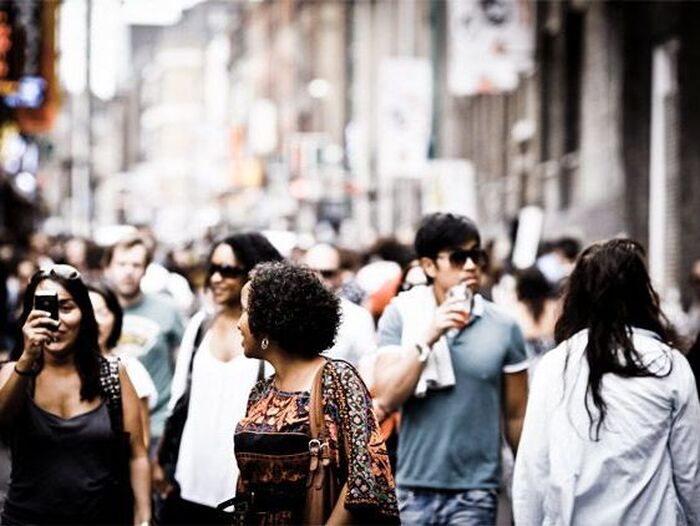|
|
|
Being international, open and cosmopolitan is ‘cool’. This is specifically true for students at elite universities, where values such as multiculturalism and cosmopolitanism are promoted and enhanced by diversity-related activities and spaces. But what do students actually mean when they self-identify as cosmopolitans or global citizens? Do they all mean the same thing (probably not)? And what role does cosmopolitanism actually play in their lives?
My research, as explored in my Identities article, 'Exploring disjuncture: elite students' use of cosmopolitanism', is based on 24 interviews with international students at a global university in the UK. Its main finding is a typology of four different ways in which students use the idea of cosmopolitanism. To fill this typology with life, I introduce the reader to Jing, Shigeki, Faisal and Anna. Each of these four students represents one of the four ways in which my respondents made sense of cosmopolitanism.
Jing found herself deeply inspired by the university’s cosmopolitanism and decided to change her life. She said she wanted ‘to make more impact’ and work for the betterment of society (as for an NGO). Jing thus used cosmopolitanism to form a new strategy of action.
Shigeki used cosmopolitanism in a different way. He actively examined his life and carried on a complex, intense conversation with himself about whether his thinking and acting was actually cosmopolitan. He thus used cosmopolitanism as a moral guideline to evaluate his ways of going about things and to examine his daily life. In contrast, Faisal seemed to use cosmopolitanism ‘only’ rhetorically to defend his established life strategy. Faisal seemed to be oriented towards doing well on the job market and maximising his individual marketability. Within this strategy, he referred to cosmopolitan values to make particular choices. For instance, he mentioned that he was planning on donating money to charitable causes. However, he did not use cosmopolitanism to actively interrogate experience (as Shigeki), or set out new life goals (as Jing). Anna was a cosmopolitan by socialisation. Having grown up in an elite transnational family, she had internalised cosmopolitan skills, habits and styles from a very early age. She had friends around the world and found it easy to immerse herself in different cultures. For her, it was just natural to be cosmopolitan. However, Anna’s elite cosmopolitan strategies of action were not complemented by self-consciously expressed cosmopolitan aspirations. Accordingly, she neither used cosmopolitanism to actively interrogate experience, nor to ‘remind’ herself of how to act. How can we explain these different ways of making sense of cosmopolitanism? Drawing on cultural theorist Ann Swidler, I argue that individuals, who find themselves in an unsettled phase of their life, may mobilise cosmopolitanism either to set themselves new life goals (Jing) or to closely examine their lives (Shigeki). In settled lives, cosmopolitanism may be integrated in established strategies of action (Anna) but it may also be used to (rhetorically) defend a stable orientation (Faisal). Who will find this paper an interesting read? First of all: Researchers who are interested in students’ and young people’s ways of using cosmopolitanism and the ambivalences of students’ engagements with cosmopolitanism. But also: Everyone interested in elite students’ thinking, feeling and sense-making. The article offers vivid descriptions to Jing’s, Shigeki’s, Faisal’s and Anna’s approaches to life, and I would not be surprised if you felt yourself reminded of someone you know when reading the article.
Blog post by Eunike Piwoni, University of Göttingen, Germany
Read the full article: Piwoni, Eunike. Exploring disjuncture: elite students' use of cosmopolitanism. Identities: Global Studies in Culture and Power. DOI: 10.1080/1070289X.2018.1441691
0 Comments
Your comment will be posted after it is approved.
Leave a Reply. |
|
Explore Identities at tandfonline.com/GIDE |
|
The views and opinions expressed on The Identities Blog are solely those of the original blog post authors, and not of the journal, Taylor & Francis Group or the University of Glasgow.

